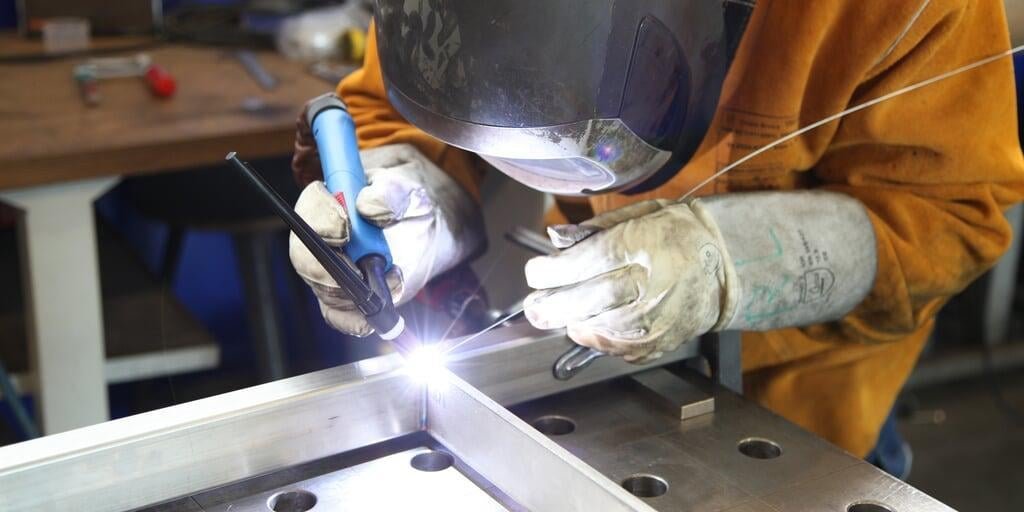SS201 VS. SS304 VS. SS316
Table of Contents
Stainless steel is a popular material that is widely used in a wide range of applications, including in construction, automotive, and food industries. There are various grades of stainless steel, with 201#, 304#, and 316# being some of the most commonly used.
In this article, we will compare and contrast the properties, characteristics, and applications of stainless steel grades 201#, 304#, and 316#.
Properties
Stainless steel grade 201#, stainless steel grade 304# and stainless steel 316# have different chemical compositions, leading to different properties:
Properties
SS Grade 201#
SS Grade 304#
SS Grade 316#
Chemical composition
Carbon 0.15%, Chromium 16-18%, Nickel 3.5-5.5%, Manganese 5.5-7.5%, Nitrogen 0.25%, Silicon 1%, Phosphorus 0.060%
Carbon 0.15%, Chromium 16-18%, Nickel 3.5-5.5%, Manganese 5.5-7.5%, Nitrogen 0.25%, Silicon 1%, Phosphorus 0.060%
Carbon 0.08%, Chromium 16-18%, Nickel 10-14%, Molybdenum 2-3%, Manganese 2%, Phosphorus 0.045%, Sulfur 0.03%, Silicon 1%
Tensile strength
515MPa (75,000 psi)
621MPa (90,000 psi)
689MPa (100,000 psi)
Yield strength
275MPa (40,000 psi)
414MPa (60,000 psi)
415MPa (60,200 psi)
Elongation
40%
28%
40%
As you can see, stainless steel grade 304# has higher tensile and yield strengths than stainless steel grade 201#. This is due to its higher nickel content and lower carbon content, which results in a more robust alloy. Stainless steel grade 316# has a higher chromium and nickel content, as well as the addition of molybdenum, which enhances its corrosion resistance and makes it suitable for applications in harsh environments, such as marine environments. Meanwhile, stainless steel grade 304# offers excellent corrosion resistance and higher tensile strength properties.
Applications
Stainless steel grade 201# is often used in less demanding applications due to its lower cost and moderate strength and corrosion resistance, such as cookware, appliances, and decorative elements.
Meanwhile, stainless steel grade 304# has superior corrosion resistance and high strength, making it ideal for more demanding applications, such as food processing equipment, chemical processing equipment, and marine components.
Stainless steel grade 316# has superior corrosion resistance and is suitable for harsh environments, such as marine environments, and manufacturing equipment used in the pharmaceutical and pulp and paper industries.



Cost
316# > 304# > 201#
Stainless steel grade 201# is a cost-effective alternative compared to stainless steel grade 304#. It is a viable option for those looking to decrease costs without sacrificing quality. In contrast, stainless steel grade 304# is moderate, and suitable for applications that require superior corrosion resistance and high strength. Stainless steel grade 316# is more expensive, but suitable for harsh environments.
Welding Properties
Stainless Steel 201
Stainless steel grade 201 has a higher yield strength and is harder than 304, making it more brittle and susceptible to cracking during the welding process. However, its high ductility makes it easy to form and manipulate. It requires careful attention to the welding technique, including preheating and annealing, to minimize the risk of cracking and ensure a high-quality weld.
Stainless Steel 304
Stainless steel grade 304 has good welding properties due to its low thermal expansion coefficient and relatively high thermal conductivity. It has lower ductility compared to 201, but it can still be formed and manipulated easily. It requires careful attention to the welding technique, including the use of filler metals and suitable welding processes, to manage the risk of cracking and ensure a high-quality weld.
Stainless Steel 316
Stainless steel grade 316 has excellent welding properties due to its low thermal expansion coefficient and high thermal conductivity, making it easy to weld with minimal risk of cracking. The addition of molybdenum to its composition significantly enhances the welding properties and ensures better corrosion resistance. Similar to 304, the use of filler metals may be necessary to maintain the weld's strength.

In Conclusion
Stainless steel grades 201#, 304#, and 316# all have unique properties, characteristics, advantages, and disadvantages. Depending on the application and environmental conditions, choosing the right grade of stainless steel is crucial for optimal performance and longevity. While 201# is the most affordable, it is also the least durable of the three, making it ideal for non-critical applications. 304# and 316#, on the other hand, are both excellent choices for high-performance applications and harsh environments, with 316# being the ideal choice for marine and chemical industries.
Welding properties of 201#, 304#, and 316# stainless steel are unique, and they all require a skilled welder to ensure high-quality welds. While 201# is the easiest to weld, it has lower welding speed and increased heat input. 304# has good welding properties but requires careful attention to manage the risk of cracking. 316# has excellent welding properties due to its low thermal expansion and high thermal conductivity, making it easy to weld with minimal risk of cracking. Ultimately, the choice of a stainless steel grade for welding depends on the application’s specific requirements, the welding process, and the welder’s expertise.
You Might Also Like
Please Share This

Andrew Zhao
" The success of engineering projects depends on professional skills and efficient execution. "
Email: andrew@jyfmetal.com




